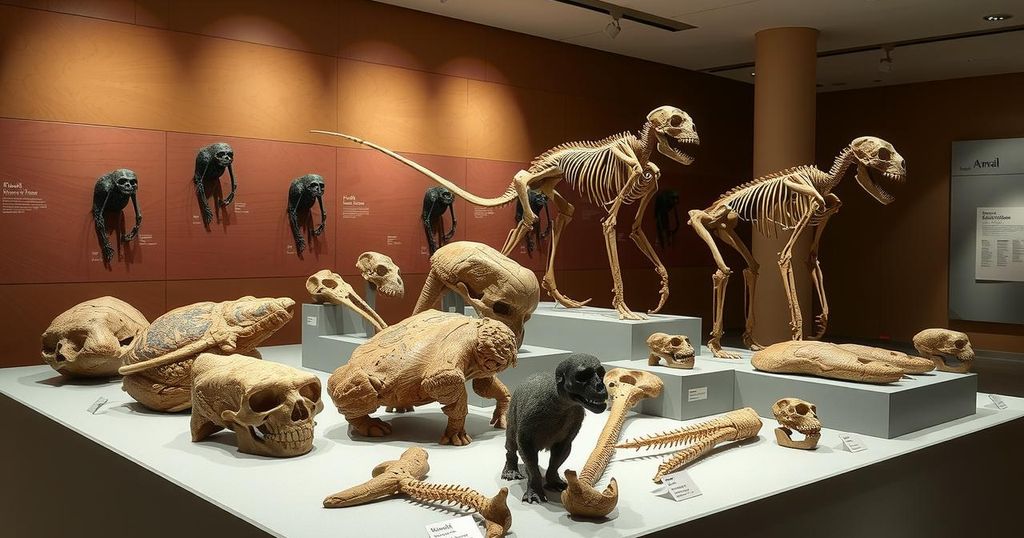Scientists Discover a New Human Species That Challenges Conventional Understanding
- Researchers propose a new human species called Homo juluensis.
- This potential species existed in eastern Asia from 300,000 to 50,000 years ago.
- The study reveals distinct anatomical differences from previously known hominins.
- Denisovans may belong to this newly classified species according to researchers.
- Excavation efforts continue as old fossils defy easy classification.
New species discovery reshapes understanding of hominin history
In an exciting turn of events for anthropological science, researchers have potentially identified a new human species, dubbed Homo juluensis. This discovery challenges our current understanding and adds a new layer to the intricate family tree of hominins—those ancient relatives of modern humans. A collaborative study by anthropologists from the Chinese Academy of Sciences and the University of Hawai’i unravels the complex history behind these previously classified fossils, suggesting they could be members of this newly recognized species, which walked the earth about 300,000 to 50,000 years ago.
Detailed examination reveals distinct features of H. juluensis
The team’s work highlighted the anatomical similarities of various cranial and dental fossils, setting them apart from known species like Homo erectus or Homo neanderthalensis. As they delved deeper into the fossil evidence, the researchers stumbled upon the realization that some fossils could belong to a species not yet placed on the chart of human evolution. Christopher J. Bae, an anthropologist at the University of Hawai’i, remarked in a press statement that they expected to work on organizing fossil evidence but found themselves proposing a new species altogether, which clarifies the murky waters of hominin classification that previously couldn’t fit neatly into check-boxed categories.
Implications of new species on existing fossil understandings
Alright, so why should we care about this new fam? Well, apart from the fact that H. juluensis has cracked open the door to understanding our ancient past, it could also provide answers to lingering questions regarding already mysterious fossils like those of the Denisovans. First identified back in 2010 via DNA, these enigmatic relatives of ours have remained unclassified. Bae speculates that this long-standing puzzle might suggest that the Denisovans actually belong to this brand-new species. Meanwhile, fossils from the Xujiayao site add yet another twist, showcasing a mix of traits from both Homo erectus and Homo sapiens. These findings broaden the scope of hominin diversity and intrigue in the archaeological arena.
The proposed classification of Homo juluensis opens new avenues in anthropological research, highlighting the need for further studies to unpack the complexity of our human lineage. By discovering this fascinating species, scientists are piecing together a more elaborate picture of our ancient relatives and their lives. As more research is conducted, we might just be welcoming a new member—or members—to the human family tree, giving us an even clearer view of where we’ve come from and, perhaps, where we’re headed.




Post Comment